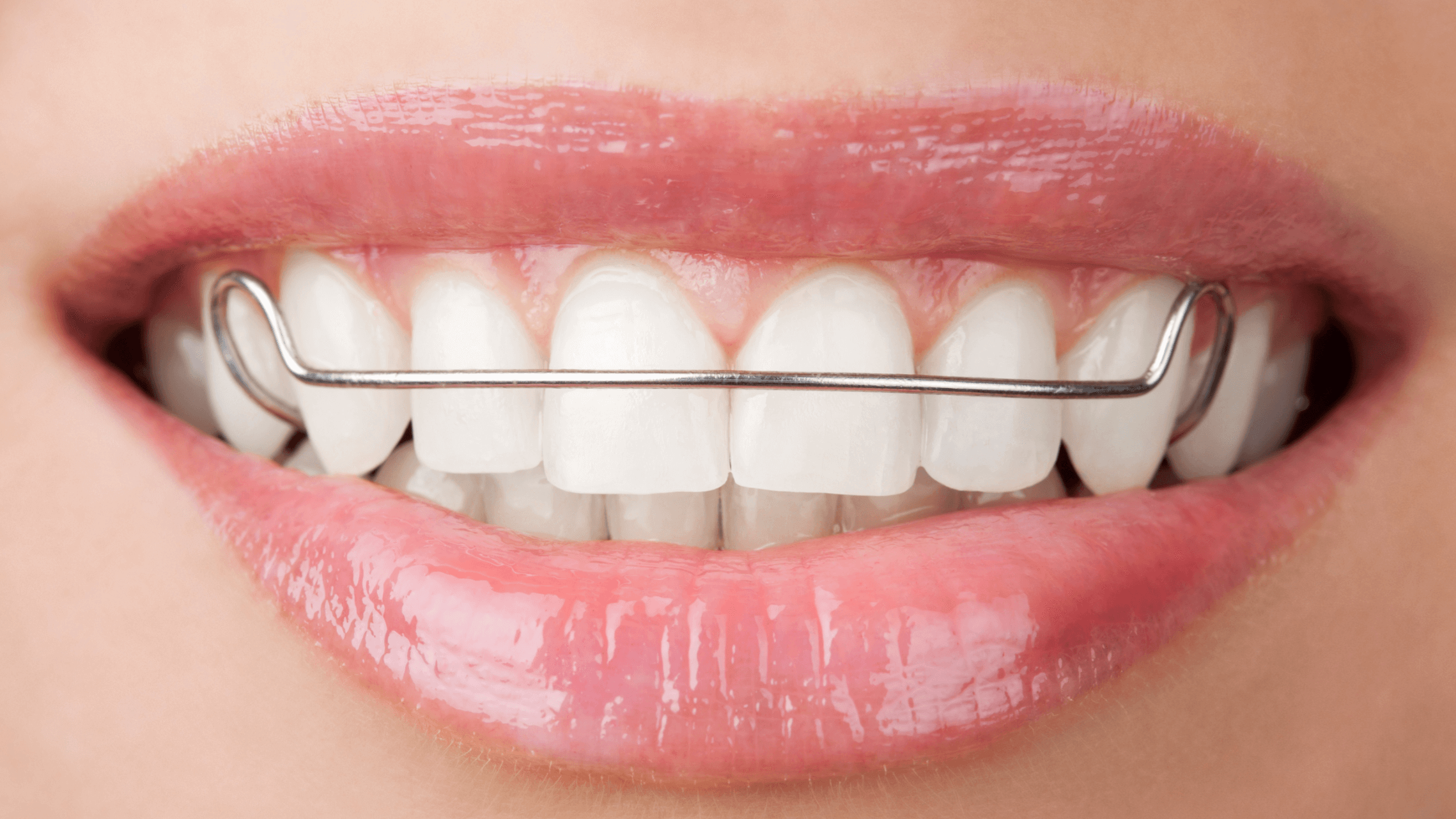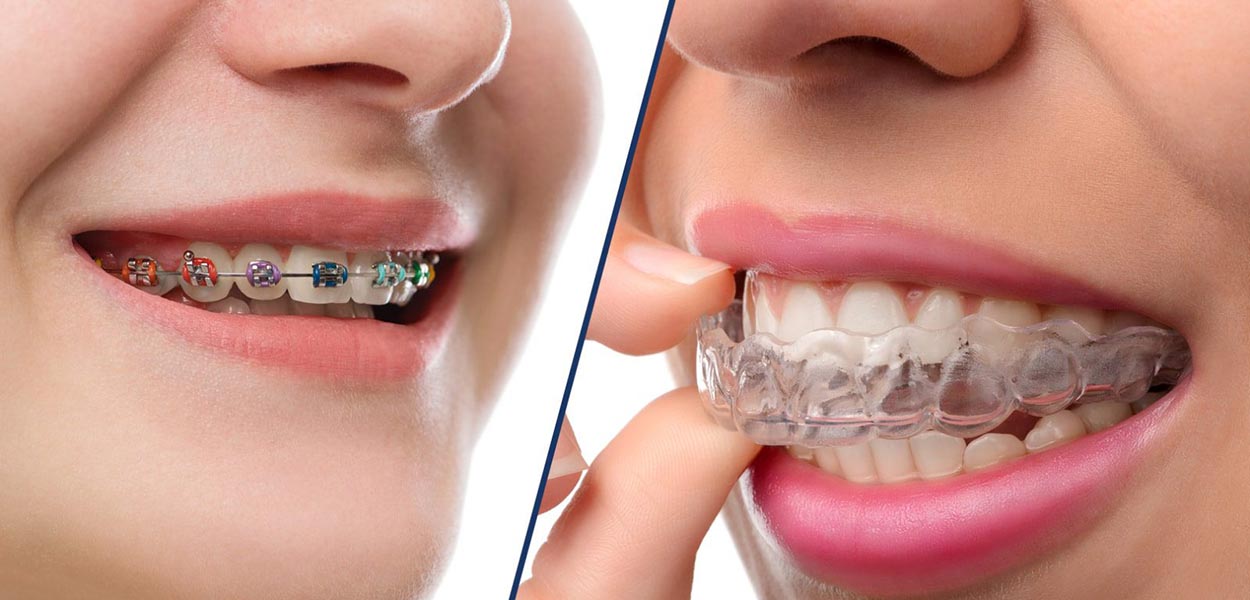Frequently Asked Questions Concerning Invisalign: Everything You Need to Know
Frequently Asked Questions Concerning Invisalign: Everything You Need to Know
Blog Article
Invisalign vs. Typical Braces: Which Alternative Is Right for You?
When thinking about orthodontic therapy, the choice between Invisalign and conventional braces provides a number of essential factors that merit careful analysis. Invisalign offers a discreet option with removable aligners, while conventional braces supply an extra noticeable yet reliable service for serious imbalance. Each choice incorporates distinctive advantages and disadvantages connected to aesthetics, comfort, therapy period, and cost. Understanding these nuances is important for making an informed decision that aligns with your individual choices and lifestyle. The question stays: which alternative will finest fulfill your orthodontic demands and expectations?
Introduction of Therapy Options

On the other hand, conventional dental braces are composed of metal braces and cables that are bonded to the teeth. This approach applies continual pressure gradually to achieve positioning. While efficient for complex orthodontic problems, traditional dental braces call for normal check outs for changes and can present obstacles in maintaining dental hygiene due to the problem of cleaning up around wires and brackets.
Both alternatives have their qualities, and the selection frequently depends upon details dental problems, way of life choices, and person compliance. Inevitably, seeking advice from an orthodontic expert is critical for identifying the most suitable treatment plan customized to private requirements. Comprehending the nuances of each choice can significantly influence the total success of orthodontic therapy.
Visual Considerations
A significant factor affecting the selection between Invisalign and traditional dental braces is the aesthetic allure each treatment offers. Invisalign aligners are crafted from clear plastic, making them virtually invisible when used.
In comparison, traditional dental braces are composed of metal braces and cables, which can be more noticeable. While innovations in orthodontic innovation have actually led to the advancement of smaller brackets and tinted elastics, standard braces still maintain a more noticeable account. For some individuals, the presence of dental braces may deter them from seeking required treatment.
Ultimately, the choice in between Invisalign and standard dental braces might depend upon individual preferences regarding visual appeals. Individuals who prioritize discretion often lean toward Invisalign, while those who are less concerned about visibility might go with conventional dental braces. Understanding the aesthetic ramifications of each alternative is vital for making an educated decision that aligns with one's way of life and preferences.
Comfort and Convenience
&srotate=0)
In terms of benefit, Invisalign aligners are removable, enabling patients to enjoy their favored foods without limitation and keep ideal oral hygiene. Cleaning and flossing are simplified, as the aligners can be taken out during these routines, whereas traditional braces call for mindful navigating around braces and cables.
In comparison, traditional braces necessitate normal changes, making them less convenient for those with hectic routines. On the whole, the comfort and convenience of Invisalign make it an attractive choice for numerous people seeking orthodontic treatment.
Treatment Period and Efficiency
While both Invisalign and conventional braces are reliable in dealing with dental misalignments, the duration of treatment can differ considerably in between both options. Normally, Invisalign therapy can take anywhere from 12 to 18 months, relying on the complexity of the instance. The clear aligners function by gradually moving teeth right into their desired placements, and routine follow-ups with an orthodontist my latest blog post help ensure progress stays on the right track.
On the other hand, standard braces typically need a longer dedication, normally varying from 18 months to three years. This results from their fixed nature and using braces and cords, which can be extra reliable for severe misalignments and complex instances (Invisalign). The therapy effectiveness of typical braces is well-documented, as they permit specific modifications and greater control over tooth movement
Ultimately, the see it here choice between Invisalign and typical dental braces may rest on both the anticipated therapy period and the particular dental concerns handy. Consulting with an orthodontist is essential, as they can supply customized recommendations based on private requirements, making sure the selected technique lines up with desired timeframes and outcomes.
Expense Contrast and Insurance Choices
Cost plays a significant duty in the decision-making procedure for people considering orthodontic treatment, whether selecting Invisalign or conventional braces. Typically, the expense of Invisalign arrays from $3,000 to $8,000, while standard dental braces normally cost in between $2,000 and $6,000. Elements influencing these costs consist of the complexity of the situation, the duration of therapy, and geographical place.
Insurance protection can considerably affect out-of-pocket expenses. Numerous oral insurance plans give partial protection for orthodontic therapies, but the specifics can vary extensively. It is critical for people to review their insurance policy policies to determine the extent of coverage for either option. Generally, traditional braces might be a lot more regularly covered by insurance strategies compared to Invisalign, which some insurance firms classify as an aesthetic treatment.
Additionally, numerous orthodontic practices supply adaptable layaway plan, making both treatment alternatives more obtainable. Individuals ought to ask about prospective financing choices and price cuts for in advance repayments. Assessing the overall expense, consisting of insurance policy advantages and layaway plan, is essential for making an educated decision that lines up with both visual preferences and budget plan factors to consider.

Conclusion
In summary, the choice between Invisalign and standard braces depends upon numerous variables, consisting of aesthetic choices, convenience, treatment useful link period, and cost. Invisalign uses a very discreet, detachable alternative that assists in dental health and nutritional flexibility, while traditional dental braces might be preferable for intricate oral concerns and commonly come at a reduced price factor. Eventually, appointment with an orthodontist is necessary to examine individual conditions and establish one of the most suitable therapy option for achieving ideal dental alignment.
When thinking about orthodontic treatment, the choice between Invisalign and standard braces offers numerous important factors that merit cautious evaluation.Contrasting Invisalign and typical braces exposes distinctive therapy alternatives for orthodontic improvement.While both Invisalign and traditional dental braces are efficient in dealing with oral misalignments, the duration of therapy can differ significantly in between the 2 options.Expense plays a substantial function in the decision-making process for individuals taking into consideration orthodontic treatment, whether opting for Invisalign or traditional braces.In summary, the option between Invisalign and typical dental braces hinges on numerous elements, consisting of aesthetic preferences, convenience, treatment duration, and expense.
Report this page